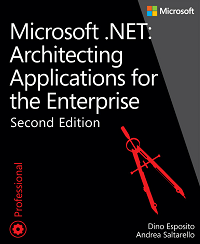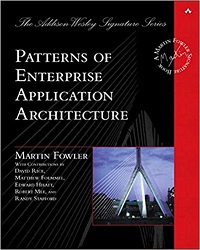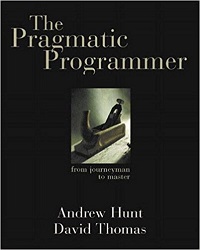Notes from "Architecting Applications for the Enterprise"

That great book written by D. Esposito & A. Saltarello collects recipes for making solutions for enterprise applications. Though it is not a usual cookbook but guiding principals for making a ‘dish’. It is based on author’s experience and common practices from other books. Second edition published in Jan 2015 seems to be a good summation of best practices with a brief history of them for that time in .NET world.
Authors begins by giving answers to such questions as what is architecture of applications? who are software architects? how modern apps developing differs from past? We can divide the book into two parts (though authors divide it into 4 parts). In the first one there are answers to these questions: what is needed for success work? what’s required from a team? what is code quality and how to achieve it? and other. In the second one, practical recommendations for developers: what types of architecture they see? what are parts of those? main advantages and disadvantages.
To my mind to understand the book a practical experience in software developing is required, it is not for beginners.
Below are notes and mind maps of the book.

